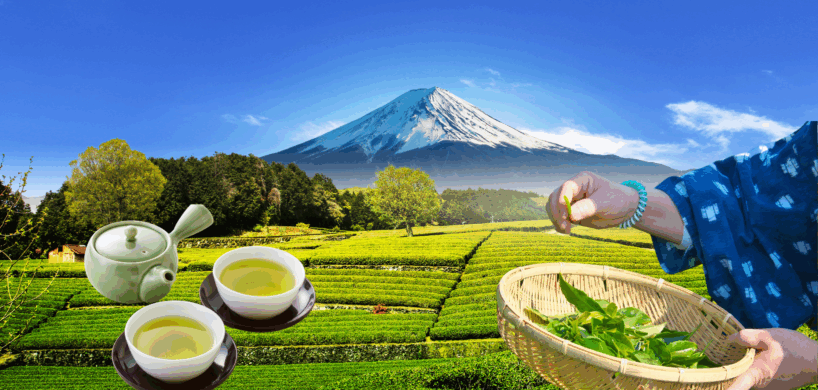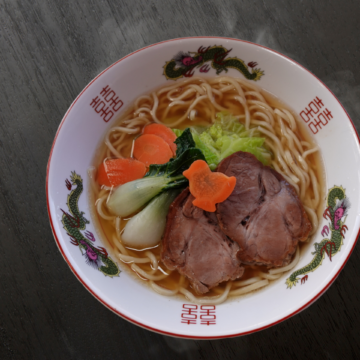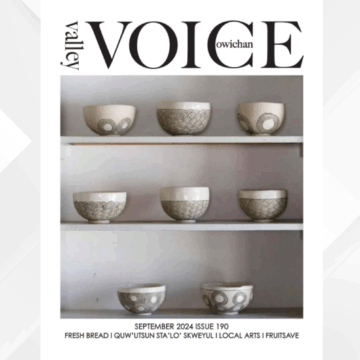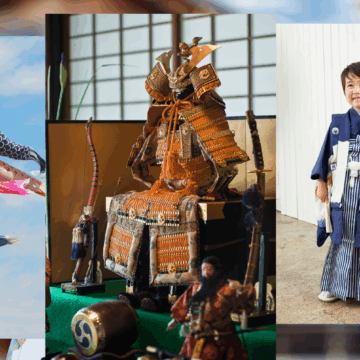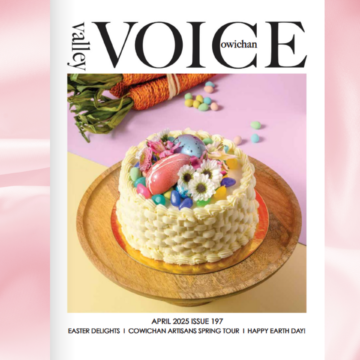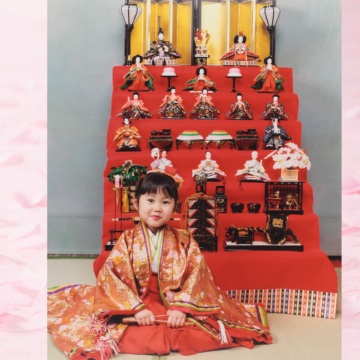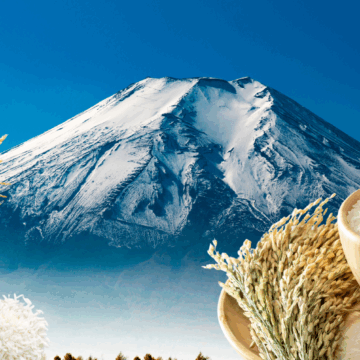Japan is a nation deeply intertwined with tea, where traditions dating back centuries blend seamlessly with nature and craftsmanship. Every step of tea production, from the meticulous harvest to the refined enjoyment of tea, reflects the country’s enduring harmony with its natural surroundings and cultural heritage.
◆ What is Tea Picking?◆
Tea picking, or cha-tsumi in Japanese, is the traditional practice of harvesting fresh tea leaves, typically carried out in early May. This period corresponds with the seasonal term Hachijūhachiya, the 88th day after the start of spring in the traditional Japanese calendar.
During this time, tea farmers handpick the youngest and most tender leaves with precision and care. Beyond being an agricultural task, tea picking is a cultural ritual that symbolizes Japan’s profound connection to nature. The sight of lush green tea fields stretching across the countryside, set against the vibrant backdrop of spring, is a visual and cultural treat.
◆‘ What is Shincha (New Tea)?◆
Shincha, meaning “new tea,” is the year’s first harvested tea and is cherished for its freshness and vitality. These young leaves are packed with nutrients preserved during the winter, giving shincha a unique character. Its flavor is celebrated for its natural sweetness, delicate aroma, and invigorating finish.
Due to its seasonal nature and limited availability, shincha is considered a prized luxury and holds a special place in Japanese households as a springtime delight.
◆What is “Hatsumono” (First of the Season)?◆
In Japanese culture, hatsumono refers to the first harvest of the season, symbolizing vitality and the blessings of nature. Shincha is a quintessential example of this concept. Its arrival not only marks the beginning of the tea season but also embodies a celebration of renewal and good fortune.
As part of this tradition, shincha is often exchanged as a gift among loved ones, wishing them health and happiness. The act of sipping this first tea of the year is thought to bring a sense of harmony and positivity.
◆ A Journey of Taste and Tradition◆
From the tender moment of handpicking tea leaves to the calming ritual of enjoying a cup of shincha, Japan’s tea culture offers a sensory and spiritual journey. It celebrates the beauty of nature, the rhythm of the seasons, and the artistry of tea making—reminding us to slow down and savor life.
This article was contributed to the May 2025 issue of Cowichan Valley Voice.
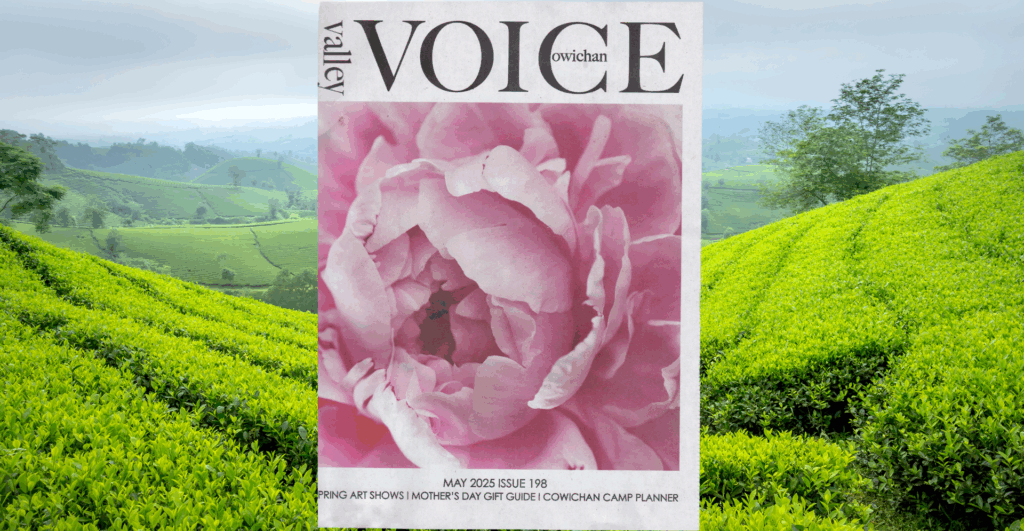
茶摘みと新茶:日本の春を彩るお茶文化
1. 茶摘みとは?
茶摘み(ちゃつみ)は、一般的に5月の初旬に行われる日本の伝統的な茶葉の収穫作業を指します。この時期は「八十八夜」と呼ばれる、立春から数えて88日目にあたり、茶の季節を象徴する特別な日とされています。茶農家はこの期間に、一枚一枚丁寧に若く柔らかな新芽を手で摘み取ります。茶摘みは単なる収穫作業ではなく、自然への感謝と日本文化の深いつながりが感じられる伝統行事の一つです。美しい日本の春の風景、緑豊かな茶畑と青空のコントラストは目にも心にも癒しをもたらしてくれます。
2. 新茶とは何ですか?
新茶(しんちゃ)は、その年に最初に摘まれる茶葉から作られたお茶のことを指します。この新茶は冬の間にたっぷり蓄えられた栄養が詰まった若々しい茶葉であり、まさに春の恵みそのものと言えます。新茶の特徴は、甘みや旨味が特に際立つこと、そして爽やかな香りと清涼感のある後味です。新茶は収穫量が限られているため希少価値が高く、日本では特別で贅沢なものとして広く愛されています。多くの家庭で新茶を楽しむことは、春の訪れを味わう一つの風習となっています。
3. 初物(はつもの)とは何ですか?
「初物」とは、その年の最初に収穫される作物や食品を指す言葉であり、新茶はこの初物文化を象徴する存在とも言えます。日本では初物を口にすることが縁起の良いこととされ、その年の健康や幸せを願う意味が込められています。新茶もまた、家族や友人へ贈られることが多く、贈り物としても喜ばれる存在です。このように、新茶は日本文化の一部として敬われ、春の祝いに欠かせない存在となっています。
4. 伝統と味わいを通じた日本の春の旅
茶摘みの収穫作業から新茶の一杯を味わうまでの一連の体験は、日本が持つ自然への感謝、四季の移り変わり、そして職人の技術への尊敬を浮き彫りにします。その繊細な味わいや儀式を通じて、日本文化の調和と豊かさを実感することができます。
この記事は Cowichan Valley Voice 2025年5月版に記載されています/英語.

